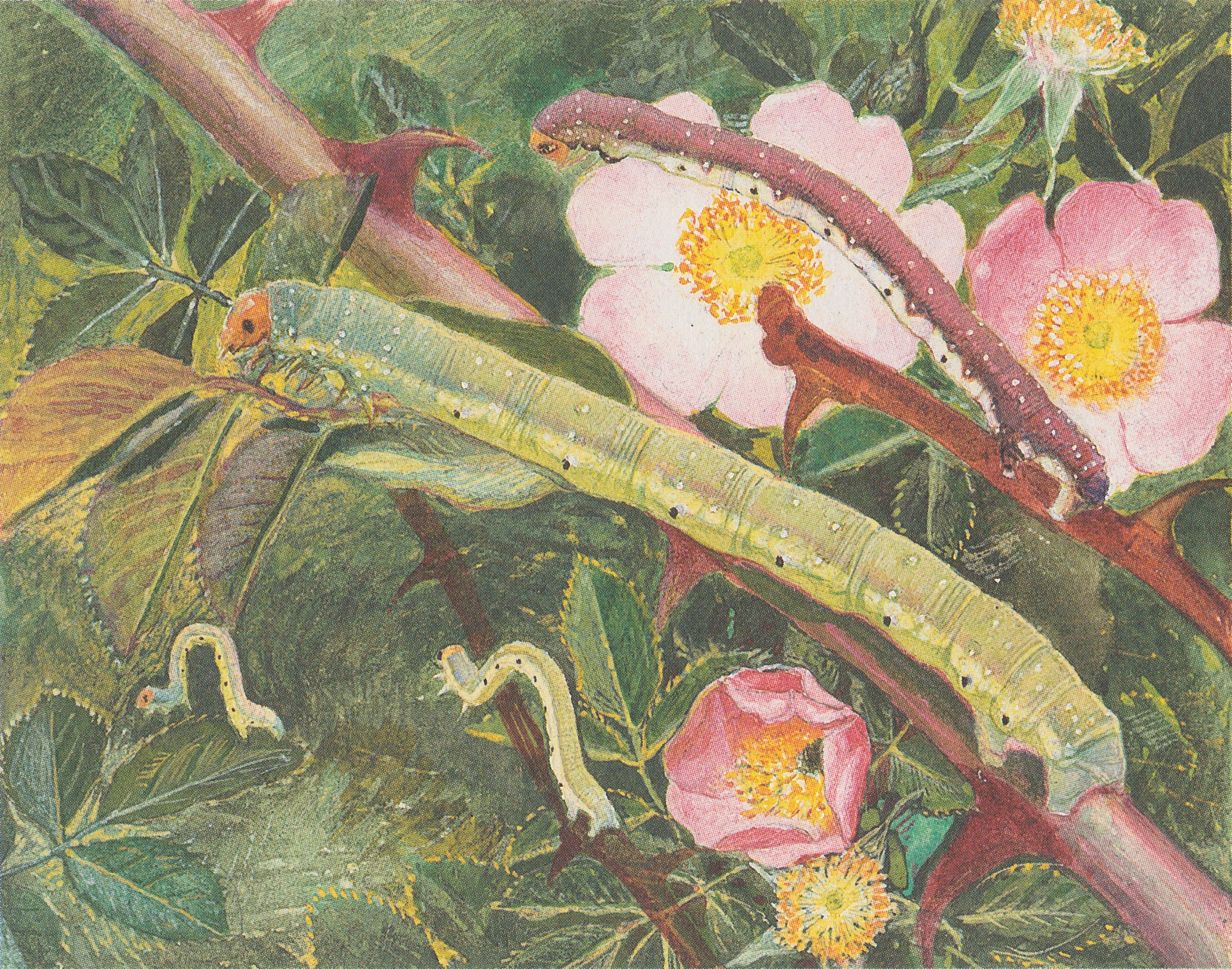Earophila Badiata on:
[Wikipedia]
[Google]
[Amazon]
''Earophila badiata'', the shoulder stripe, is a
pdf
/ref> Adults are on wing from mid March to May in two generations. The larvae feed on ''
Shoulder stripe at ''UKMoths''''Lepiforum e.V.''
Larentiini Moths of Europe Moths of Asia Moths of Africa Taxa named by Michael Denis Taxa named by Ignaz Schiffermüller {{Larentiini-stub
moth
Moths are a paraphyletic group of insects that includes all members of the order Lepidoptera that are not butterflies, with moths making up the vast majority of the order. There are thought to be approximately 160,000 species of moth, many of w ...
of the family Geometridae
The geometer moths are moths belonging to the family Geometridae of the insect order Lepidoptera, the moths and butterflies. Their scientific name derives from the Ancient Greek ''geo'' γεω (derivative form of or "the earth"), and ''met ...
. The species was first described by Michael Denis
Johann Nepomuk Cosmas Michael Denis, also: ''Sined the Bard'', (27 September 1729 – 29 September 1800) was an Austrian Catholic priest and Jesuit, who is best known as a poet, bibliographer, and lepidopterist.
Life
Denis was born at Schärding ...
and Ignaz Schiffermüller
Ignaz Schiffermüller (born 2 October 1727 in Hellmonsödt; died 21 June 1806 in Linz) was an Austrian naturalist mainly interested in Lepidoptera.
Schiffermüller was a teacher at the Theresianum College in Vienna. His collection was presented ...
in 1775. It is found from most of Europe and North Africa
North Africa, or Northern Africa is a region encompassing the northern portion of the African continent. There is no singularly accepted scope for the region, and it is sometimes defined as stretching from the Atlantic shores of Mauritania in ...
to the Altai Mountains
The Altai Mountains (), also spelled Altay Mountains, are a mountain range in Central Asia, Central and East Asia, where Russia, China, Mongolia and Kazakhstan converge, and where the rivers Irtysh and Ob River, Ob have their headwaters. The m ...
in the east Palearctic
The Palearctic or Palaearctic is the largest of the eight biogeographic realms of the Earth. It stretches across all of Eurasia north of the foothills of the Himalayas, and North Africa.
The realm consists of several bioregions: the Euro-Sibe ...
.
The wingspan
The wingspan (or just span) of a bird or an airplane is the distance from one wingtip to the other wingtip. For example, the Boeing 777–200 has a wingspan of , and a wandering albatross (''Diomedea exulans'') caught in 1965 had a wingspan of ...
is 25–30 mm. The ground colour of the relatively pointed forewings is brown. There is a yellow-brown to yellow-white band running over the forewings, three median cross lines and a cream yellow marginal streak. The hindwings are white with a dark fringe. Adults are variable in colour and size.ab. ''pallida'' Lambill. is paler, the basal area little darkened, distal not darkened, the median band whitish, without a blue-grey spot distally to the cell.; ab. ''rectifasciaria'' Lambill. has the pale median area one-third broader than usual and not traversed by lines, the lines which bound it sharply marked. — ab. ''alpestris'' Neuburger, from the Tyrol, (at 3400 m) has the median area brown, the distal moderately darkened with no pale part and the hindwing also somewhat
browner; in ab. ''subbadiata'' Strand the median band is pale, narrow, interrupted in the middle, the posterior part sometimes broken up into spots. The Larva is elongate, cylindrical; head rounded, distinct, orange with a large black spot on side; body very variable in colour dorsally, green, purple or slaty grey, a dark spot on side of prothoracic leg, another dorsally on the 10th abdominal segment, dorsal tubercles white, lateral tubercles black.The rather stout pupa is dark glossy red-brown, the anal segment black, the cremaster short and thick.Prout, L. B. (1912–16). Geometridae. In A. Seitz (ed.) ''The Macrolepidoptera of the World''. The Palaearctic Geometridae, 4. 479 pp. Alfred Kernen, Stuttgar/ref> Adults are on wing from mid March to May in two generations. The larvae feed on ''
Rosa
Rosa or De Rosa may refer to:
People
*Rosa (given name)
* Rosa (surname)
*Santa Rosa (female given name from Latin-a latinized variant of Rose)
Places
*223 Rosa, an asteroid
*Rosa, Alabama, a town, United States
* Rosa, Germany, in Thuringia, G ...
'' species. Larvae can be found from March to July. It overwinters as a pupa in loose soil.

Subspecies
*''Earophila badiata badiata'' (Denis & Schiffermüller, 1775) *''Earophila badiata fennokarelica'' (Kaisila, 1945)References
External links
Shoulder stripe at ''UKMoths''
Larentiini Moths of Europe Moths of Asia Moths of Africa Taxa named by Michael Denis Taxa named by Ignaz Schiffermüller {{Larentiini-stub